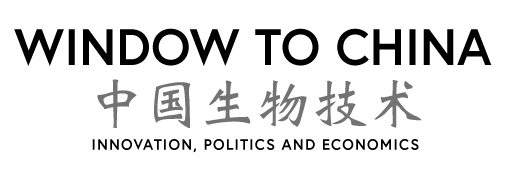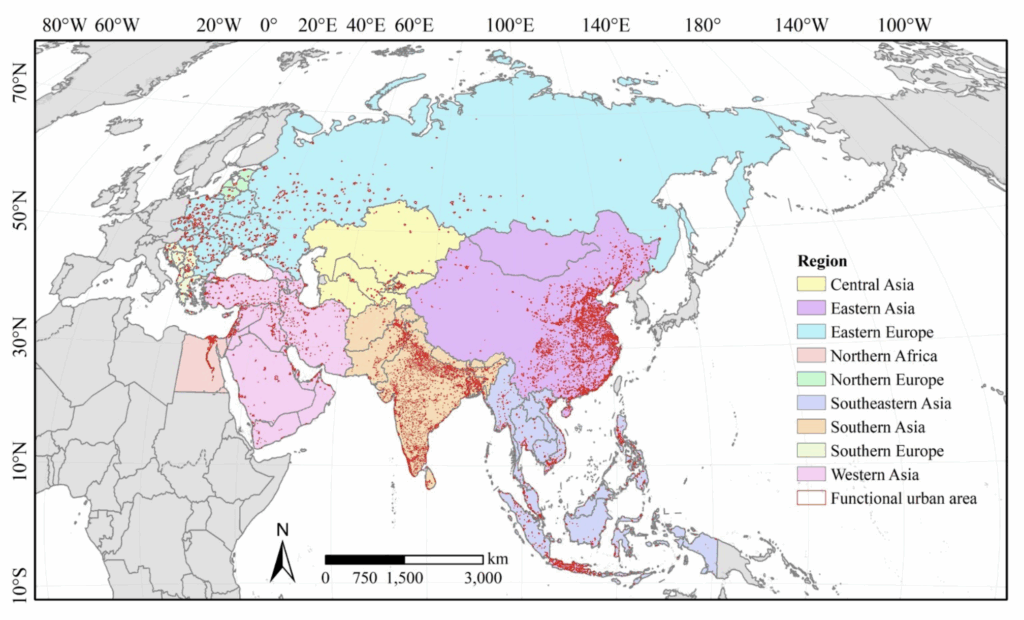http://english.cas.cn/newsroom/research_news/infotech/202507/t20250730_1048722.shtml
https://www.tandfonline.com/doi/full/10.1080/17538947.2025.2522395#d1e838
A Sino-Euroöean team has carried out a city-level analysis of urban sustainability trends across over 7,000 urban centers in the Belt and Road Initiative (BRI) region. Based on Earth observation (EO) data, the study assesses two indicators tied to Sustainable Development Goal 11 (SDG 11)—Land Use Efficiency (LUE, SDG 11.3.1) and population-weighted PM2.5 concentrations (PPM2.5, SDG 11.6.2)—from 2000 to 2020. It delivers a spatiotemporal breakdown of how urban expansion and environmental exposure intersect with sustainability.
Between 2010 and 2020, roughly 30.6% of cities showed improvements in LUE compared to the prior decade, while 24.3% recorded declines. Over the same period, 67.8% of cities saw higher PPM2.5 exposure than in 2000. The most severe deterioration was observed in Southern Asia, where annual average concentrations hit 53.9 μg/m3 by 2020. A key finding was that 38.2% of sampled cities—particularly in South Asia—exhibited a dominant pattern of uncoordinated urban growth, characterized by sprawling expansion alongside rising pollution exposure.
By contrast, 22.6% of cities—mostly in East Asia—proved that decoupling urban expansion from worsening air quality is feasible. These cities saw improved air quality despite sprawling land development.
The researchers developed a two-dimensional classification system to group cities into eight urban development types based on changes in LUE and PPM2.5.

